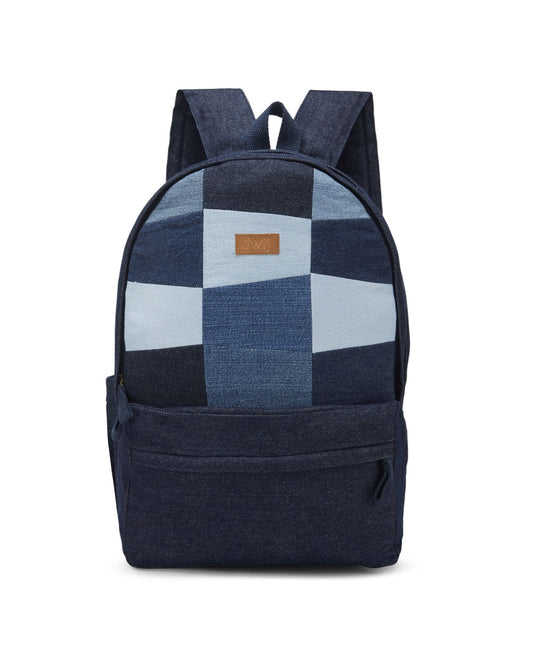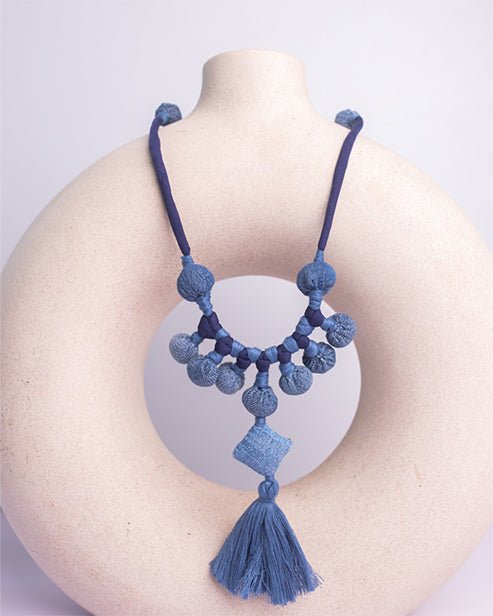“Plastic breaks Up into microplastics (or microfibers) creating micro pollution. It does not break Down into Nutrients which regenerate the environment”.

Microplastics are small pieces of plastics, less than 2-5mm long. It is estimated that there are already more than 1.4 Million Trillion microplastics in our oceans, which form 95% of all plastics in our oceans. Microplastics arise from primary and secondary types. Primary microplastics are characterized by a size <5 mm, while secondary Microplastics result from the breakdown of larger plastic items. Microbeads in personal care products like cosmetics & plastic glitter are examples of primary microplastics. Manufacturing, washing of synthetic textiles, or fragmented, disintegrated pieces of polyethene carry bag are examples of secondary types. Other sources of microplastic pollution also include microplastic released from car tires, road markings, marine coatings, city dust, shoes, toothbrushes, plastic pellets, straws, fishing nets, etc.

Approximately, 60% of the clothing industry today comprises synthetic material. 70 million barrels of oil are used each year to produce polyester. When these synthetic clothes are washed, they release particles less than one mm or one fifth the width of human hair which are termed as microfibers. Synthetic fleece jackets when washed release 1.75 grams microfibers with every wash, while a synthetic shirt can release up to 2000 microfibers with every wash. As the material gets old, the number of microfibers released increase substantially. Upon washing, they enter the waterways wherein even wastewater treatment plants are not equipped to filter these microfibres. Thus, half a million tonnes of plastic microfibers from clothing end up in the ocean every year. That’s equivalent to more than 50 billion plastic bottles. These microfibres also act as sponges that absorb toxins in the oceans, making microfibers a very important source of marine pollution. These microfibers have the potential to wreck the entire marine food chain in the next few years, if left unaddressed. Today, 83% of tap water, sea salt in the world has microplastics.
Polyester, along with other synthetic materials like nylon, rayon, acrylic, spandex etc. are all examples of Synthetic fibres. PU/Vegan/PVC leather are also synthetic materials. These are majorly by-products of fossil fuel or involve heavy usage of chemicals. Nylon is the common name for polyamide, the first synthetic fibre that was invented in 1939. Today, nylon has penetrated in most of the segments of the garment industry owing to its properties such as elasticity and tenacity. It finds common use even in jeans, to add stretch ability factor. Worldwide, this accounts for 5% of global textile production.
The different blends of synthetic clothes affect your health too, etc
- Suffocate skin and restrict the release of a lot of toxins.
- About 450g of toxins are released from skin daily causing rashes, nausea and respiratory infections.
- Acrylic increases risk of breast cancer by 7 times while nylon doubles it.
- Static build up in Acrylic is also high which irritates skin.
- Muscle performance is affected due to electrostatic fields and higher temperature.
Owing to this, US Marines banned use of polyester fabrics replacing them with 100% cotton in Iraq after severe burns were reported due to melting of polyester shirts. Read in detail about the other impact of microplastics on human health here.
Further, the textile industry combined synthetic fabrics and cotton, making blends which have the advantage of synthetic & cotton. Synthetic gives strength, durability and the ability to be dyed into different colors; whereas cotton gives comfort & smooth feeling. The best of both world blends has become terrible for our world. By blending, there’s no easy way of separating them commercially at the end of their life, so you can neither recycle the polyester, nor biodegrade the natural cotton. It just sits in landfill with its toxic dyes slowly leaching into the soil or incinerating the clothes in waste to energy plants.
Having said this, practically, we cannot abandon synthetic fibres entirely. Synthetic fabrics are beneficial for their performance, quick drying and moisture wicking properties. However, as a consumer we can definitely demand more sustainable fashion supply chains by asking brands to abandon virgin plastic fibres, and to support research and innovation into solutions for microplastic shedding. Recycling of polyamide (nylon) helps reduce dependency on fossil raw materials. As per ECONYL, every 10,000 metres of recycled polyamide saves 70,000 barrels of oil. Innovations are seen in recent times in commercially available recycled alternatives. However, it still doesn’t solve the problem of microplastics i.e. small particles of nylon leaching into water whenever the garment is washed.
At first sight, natural plant fibres appear more sustainable, however conventional cotton production is one of the biggest water consuming industries in agriculture and often use chemical dyes that are energy intensive. Natural dyeing is yet to evolve as they’re not inherently color fast. Conventional cotton globally uses approx. a quarter of the world’s insecticides and herbicides, while replacing it with organic cotton can save 62% of the energy demand. Cellulosic fibres present an opportunity only if it is scalable and their impact on deforestation and land degradation can be decreased. This however needs more innovation and research.
Until then, here are few steps that you can take care:
1. Wearing just half our clothes for nine months longer could cut carbon emissions by 8%, save water and reduce waste.
2. Make a conscious purchase the next time you go shopping, by keeping the end use of the material in mind. If you have an option, avoid synthetic clothing. If you ought to buy synthetic, make sure it's 100% synthetic or 100% cotton, so that commercial recycling may be a possibility.
3. Use the garment as much as possible before washing and wash on a shorter cycle.
4. Fill the washing machine up with bigger loads as that create less friction, so, fewer fibres rub off
5. Avoid powder detergent and high temperatures as that result in scrubbing fibres off
6. Buy a Guppy friend bag for your washing machines to effectively captures microfibers or look out for washing machines that absorbs microfibres like Lint LUV-R washing machine filter
7. Clothes made using recycled polyester (rPET) are definitely less damaging to the environment than those made with ‘virgin’ polyester, but it shouldn’t be considered as an excuse to create more pollution, and the technology should make the material infinitely recyclable.
Owing to the pros and cons of each material available commercially, it's important to carefully pick a material based on its end use. It is important that the right materials are used based on the end-use to ensure that the shortcomings of each material are traded off with the utility value. We are sure you would think about this the next time you go shopping.





